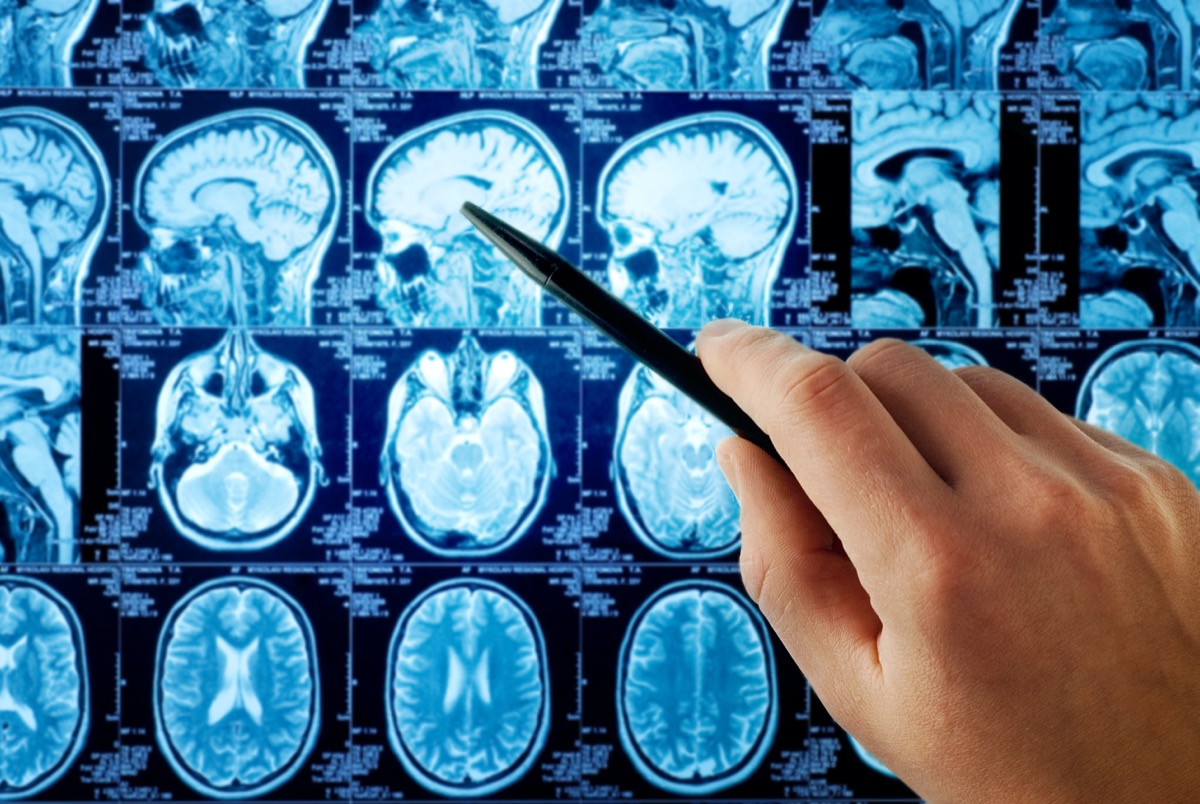A study published in the Neuroimmunology and Neuroinflammation journal details the experience of a 44-year-old British woman named Rebecca Wrixon who came to the emergency room believing that she’d had a stroke. Over the previous two days, the “patient developed word-finding difficulties and progression in right arm weakness,” the study states, but no hospital findings corroborating that expected diagnosis. As doctors struggled to figure out the source of her condition, “she was tested for COVID-19 as a matter of course,” according to CBS News. Wrixon tested positive.ae0fcc31ae342fd3a1346ebb1f342fcb In early and mid-April, researchers were just beginning to understand that COVID could result in many symptoms beyond those that were observed early on in the pandemic. Wrixon told CBS News that she never suspected that she had COVID, because she didn’t have a fever, cough, shortness of breath, or a loss of taste or smell. Prior to her arm going numb, she had noticed light pain in her chest and a rash. But discovering that she had contracted coronavirus didn’t immediately lead to doctors being able to manage Wrixon’s increasingly serious symptoms. (She had lost all ability to speak, couldn’t see, and the entire right half of her body—not just her arm—had become numb. After several days in the hospital, she had an MRI scan that showed that “half of her brain was severely inflamed,” per CBS. However, her neurologist, Ashwin Pinto, determined that her brain was not being affected directly by the virus but by her own immune system’s response to the virus. After she had shaken the COVID infection, doctors began to treat her immune system, using plasma infusions (replacing the part of her blood that was attacking her brain while attacking the infection) and steroids to get it back on track. Per the study, that was when Wrixon started to get finally get better. RELATED: For more up-to-date information, sign up for our daily newsletter. “There was a rapid clinical improvement in the neurologic deficit after the patient started immunomodulatory treatment,” the study states. “The patient had normal speech, almost full power in the right arm and leg, and no visual or sensory inattention at day 18 after five sessions of plasma exchange and [IV methylprednisolone].” While COVID has been known to cause blood clots that lead to strokes, even in people without underlying conditions, Wrixon never had one. And per CBS, she is almost entirely recovered, though she does occasionally have speech issues or pain or a lack of feeling in her right hand. A few months further into the pandemic and doctors are likely more prepared to treat neurological symptoms caused by COVID—or at least to consider that COVID may be their cause. Some doctors are even warning that seemingly mild cases of coronavirus may result in debilitating brain disorders. So pass close attention to your what your central nervous system is telling you and seek treatment for anything that’s concerning. And for more of what to watch for, here are 6 COVID Symptoms That Are Right in Front of You.
